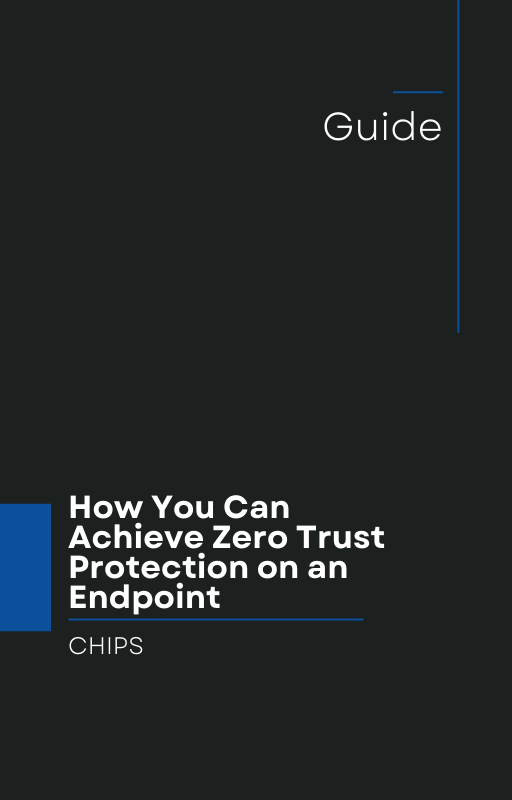1. A Flood of Fixes and Persistent Risk
On July 9, 2025, Microsoft released a hefty batch of 130 security patches as part of Patch Tuesday, tackling 10 critical and 120 important vulnerabilities that spanned privilege escalation, remote code execution, information disclosure, and security feature bypasses (thehackernews.com).
Yet even this extensive effort faced challenges:
-
A publicly known vulnerability in SQL Server (CVE-2025-49719) poses a considerable risk of exposing sensitive memory fragments such as cryptographic keys or connection strings via uninitialized memory reads.
-
The most severe patch in SPNEGO Extended Negotiation (NEGOEX), CVE-2025-47981, ranked a near-maximum CVSS score of 9.8/10, underscoring the high stakes.
Despite tackling vulnerabilities in bulk, Microsoft’s reactive model still leaves gaps. Patching is playing catch-up, and even then, the lag between disclosure and remediation creates windows of opportunity for attackers.
2. Detect and Respond: A Strategy Built for Failure
Traditional Endpoint Detection and Response (EDR) tools operate on the assumption that attackers will breach defenses, relying on detection, alerting, and remediation. This reactive posture has glaring drawbacks:
-
Zero-day blind spots. By definition, unknown threats slip through detection walls.
-
Sophisticated evasion. Attackers now use tools and tactics designed to bypass signature-based detection.
-
Delayed remediation. Precious time passes between intrusion and response, often with costly consequences.
As Enterprise Security Magazine highlights, AppGuard’s decade-long track record shows that reactive models are not enough.
3. Move to Isolation and Containment: The AppGuard Way
AppGuard offers a radically different approach. It shifts from detect and respond to isolation and containment. Here is how:
-
Zero Trust Policy Enforcement
AppGuard enforces strict, kernel-level policies that block any process outside defined behavior without needing to identify the threat. -
Lightweight, Resilient Protection
Agents operate seamlessly for months or years without manual policy updates, adapting dynamically to application changes. -
Real-Time Blocking
Malware, ransomware, exploits, and remote execution attempts are halted before they initiate damage. -
Minimal Footprint, Maximum Efficiency
Consuming only a fraction of system resources, AppGuard avoids performance bottlenecks common in heavier EDR solutions. -
A Proven Track Record
With 10 years of battlefield-proven reliability in real-world deployments, AppGuard has been consistently recognized for effectiveness.
4. Why This Matters to Your Business
Consider the recent Microsoft patches. Vast in volume but still reactive. Now imagine if your endpoints had nullified the SQL Server and SPNEGO threats before those vulnerabilities ever reached critical status. That is the power of isolation over detection.
-
Reduce Attack Surface
Prevent exploits and zero-days by stopping malicious actions outright instead of chasing after them. -
Decrease Organizational Strain
Policies are set and forget, freeing security teams from continual alert triage and patch scramble. -
Ensure Business Continuity
With threats contained proactively, your operations and reputation stay intact.
5. The Time to Act Is Now
Stop playing the crazy game of detection lag, endless alerts, and reactive firefighting. It is time to shift to containment-first cybersecurity.
At CHIPS, we champion AppGuard as your frontline defense, not an afterthought. We offer:
-
Expert guidance to implement AppGuard across your endpoints.
-
Seamless adoption with minimal disruption.
-
Strategic deployment tailored to your risk profile and environment.
Call to Action
Business leaders: take the step toward genuine protection. Talk with us at CHIPS today about how AppGuard can shield your operations from vulnerabilities like those patched this July. Move from detect and respond to isolation and containment.
Stop playing the crazy game. Come over to the AppGuard way of doing things.
Like this article? Please share it with others!

August 24, 2025

Comments